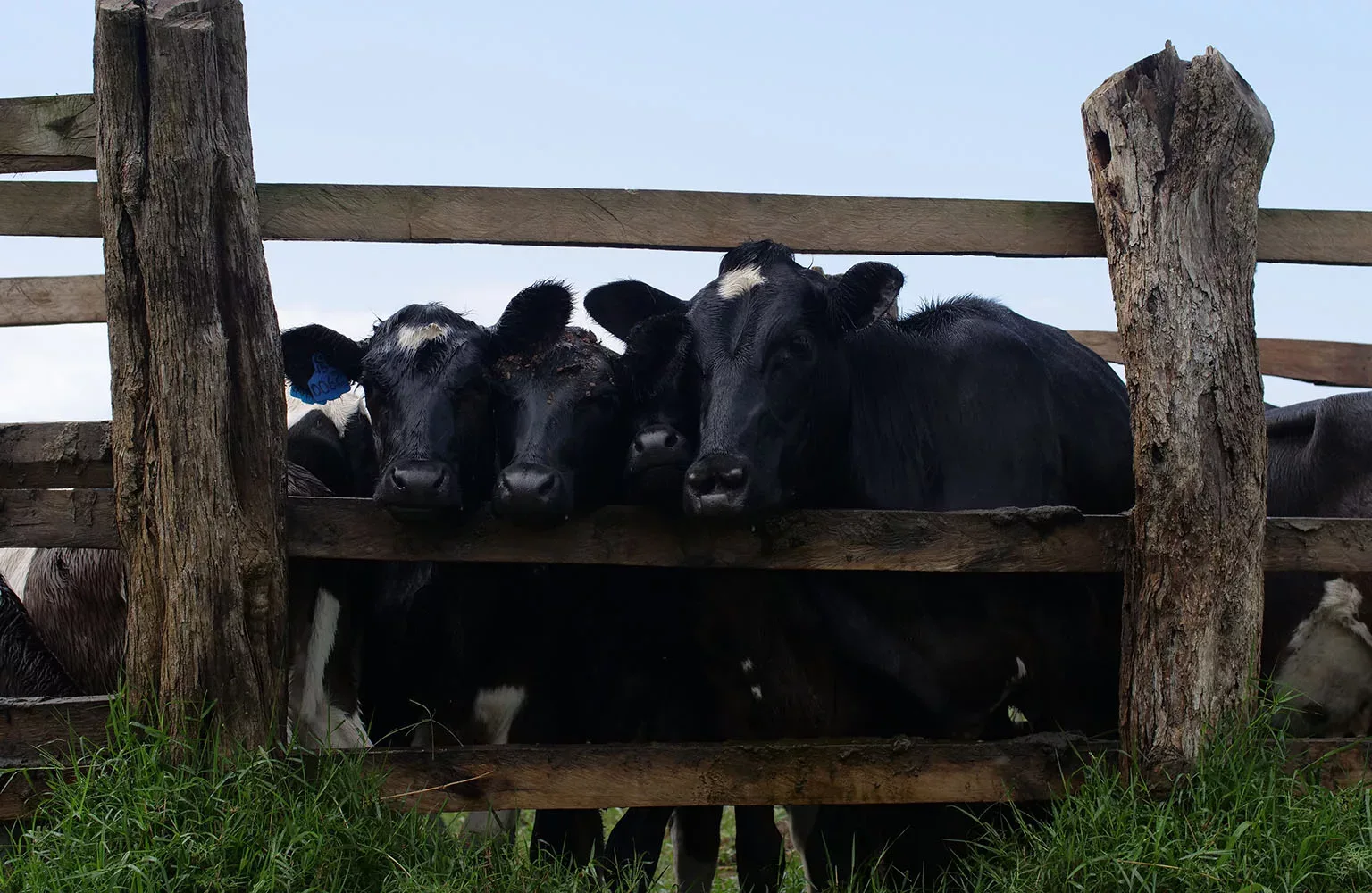Lato Milk is changing the livelihoods of smallholder farmers in the East African region whilst creating a resilient next generation for the continent by catering to the nutritional needs of children, as Rohit Rajasekharan, CTO, sets out.
FROM GRASS TO GLASS
“The dairy industry in Africa is at a pivotal moment, with the continent presenting both significant opportunities and challenges that are unique to the space.”
Indeed, there is a growing demand for dairy products in Africa, driven by a rising middle class, urbanisation, and an increasing awareness of nutrition and health.
Consumers are equally becoming more discerning and looking for high-quality products that meet international standards, which is pushing the industry towards greater innovation and efficiency.
However, there are also infrastructural limitations, fragmented supply chains, and the need for more widespread adoption of modern farming and processing techniques.
Despite these hurdles, the potential for growth is immense, as Africa’s diverse climate and vast agricultural resources provide a strong foundation for a thriving dairy industry, particularly with ongoing investments in technology, sustainability practices, and capacity building.
“The need for farmers in the region is mainly access to affordable capital, with which they can tap into their existing infrastructure and supplement with minimal capital expenditure for double digit growth in milk yields,” continues Rohit Rajasekharan, CTO of Lato Milk (Lato).
In East Africa, where Lato operates, the dairy sector is evolving rapidly with local producers increasingly able to compete on a global scale.
This transformation is driven by a combination of factors, including government initiatives, private sector investments, and a strong focus on improving productivity and quality across the value chain.
“There have been a lot of investments in the region for building capacity and soft skills through training, transferring knowledge, and bringing them on par with Western nations from a dairy farming point of view,” notes Rajasekharan.
“The need of the hour is to empower producers with the capital they require to invest in water management, silage making, pasture management, etc. at their farms to increase their productivity multifold with minimal investments.”
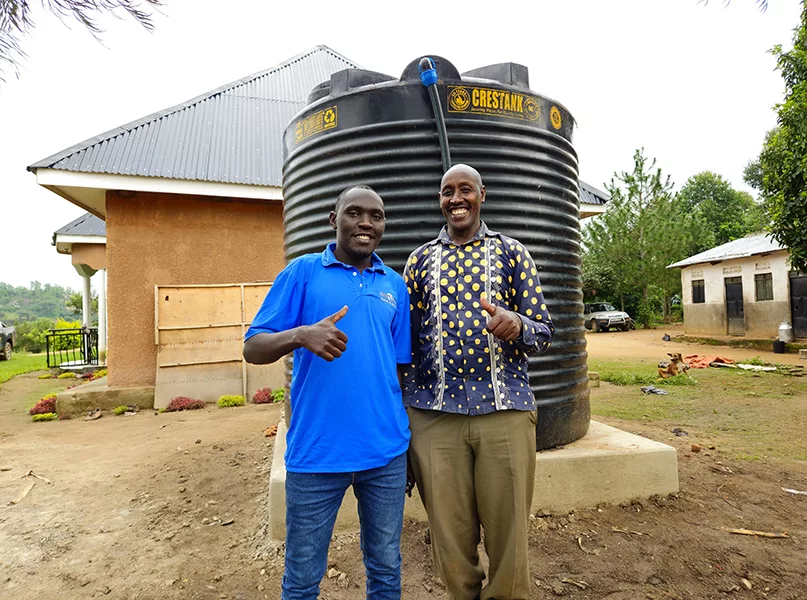
HEALTHY LIVING
Pearl Dairy Farms (Pearl), the company behind the Lato Milk brand, stands as one of the most prominent players in the burgeoning East African dairy market.
“As a food and beverage company with a core focus on nutrition, Pearl has undergone a transformative journey, evolving from a traditional dairy processor to a leader in the industry with a mission-driven purpose,” Rajasekharan outlines.
Despite being just over a decade old, Lato has become synonymous with milk, embodying a promise of quality and goodness.
The company has been instrumental in transforming Uganda into a net exporter of dairy products within the East African Community (EAC), significantly contributing to the region’s agricultural economy.
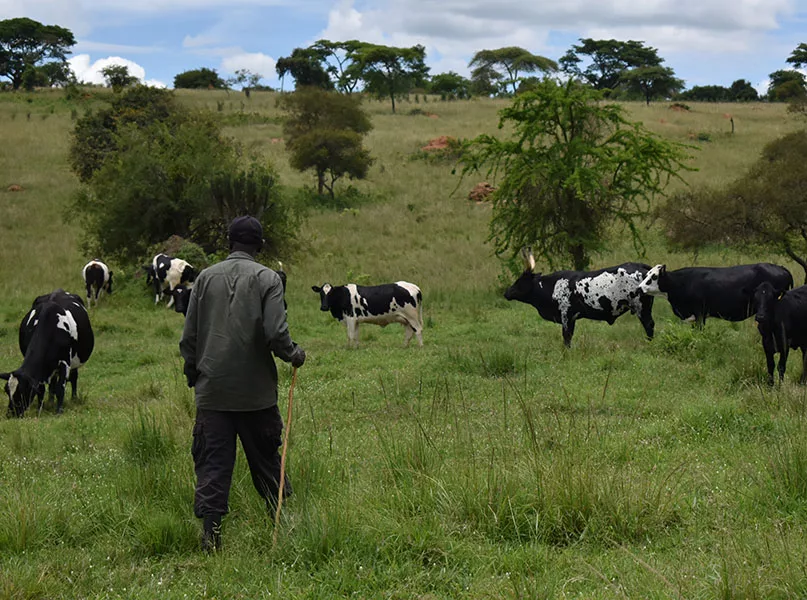
Its ultimate ambition is to become the leading nutrition company in East Africa, offering high-quality, innovative products that positively impact the lives of farmers and help to reduce malnutrition.
Lato exemplifies this commitment by providing consumers with nutritious options that are essential for healthy living in a region with pressing childhood anaemia and stunting concerns.
Approximately 53 percent of children under the age of five in Uganda and 42 percent in Kenya suffer from anaemia, while 29 percent of Ugandan and 26 percent of Kenyan children face stunting due to chronic malnutrition.
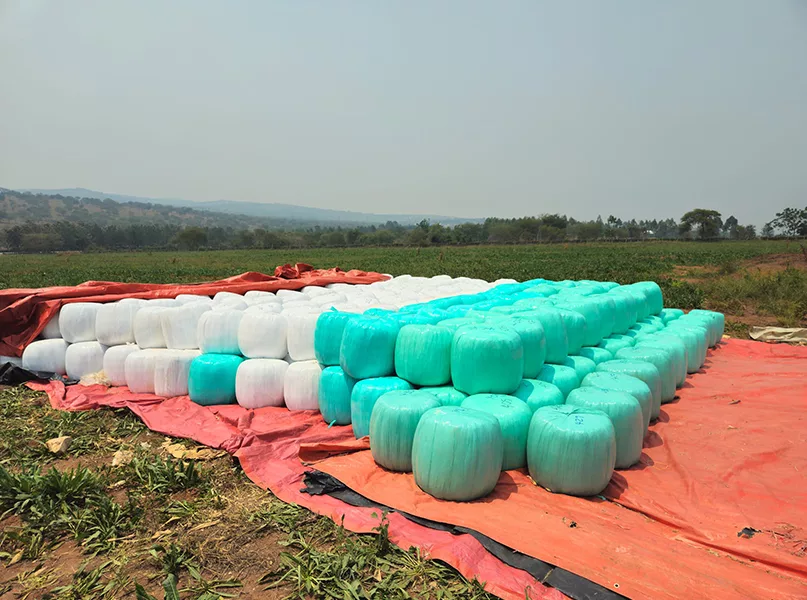
FORTIFIED PRODUCTS
Addressing these challenges is central to the mission of Lato, whose product range includes instant milk powders, UHT milk, yoghurts, butter, ghee, porridge, and juices.
In line with its commitment, the company has made a conscious decision to fortify its products to combat malnutrition in the region.
“Our offerings include fortified milk powders tailored for children aged 3-5 and 6-12, as well as DHA and vitamin-fortified flavoured milk products designed to meet the specific preferences and nutritional needs of the local population,” Rajasekharan informs us.
Innovation and investment in packaging and branding likewise ensure Lato and its products remain top-of-mind and serve a purpose by addressing consumer pain points.
Lato has always been deeply attuned to the markets it operates in, with a strong focus on affordability.
The company’s consumer studies have provided profound insights into purchase patterns, consumption behaviours, palate preferences, and more.
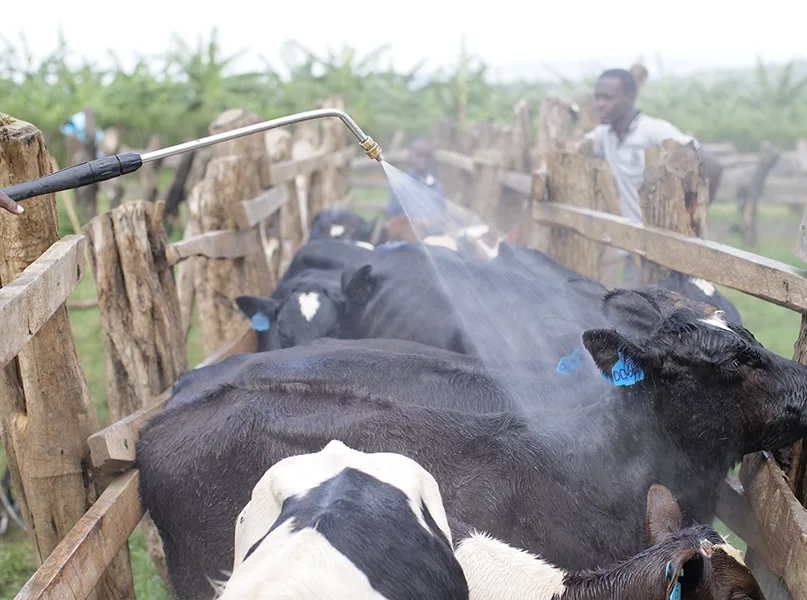
“Our Product Innovation team ensures that every product we conceptualise and launch not only meets a specific consumer need and enhances the consumption occasion but also delivers a compelling value proposition,” enlightens Rajasekharan.
“By adopting a portion pack strategy, we’ve successfully reached a broad consumer base. Additionally, our flavour innovations offer more choices, enabling us to penetrate the market even further.”
Lato’s products are manufactured at its two state-of-the-art facilities in Kenya and Uganda, the latter of which is the company’s primary plant.
Located in the heart of the cattle corridor in Mbarara, the second-largest city in Uganda, this facility is certified by ISO, HACCP, and NEMA standards.
Quality is the keystone of Lato’s production processes, with stringent quality controls further strengthened by these certifications as well as regulatory bodies to ensure full compliance.
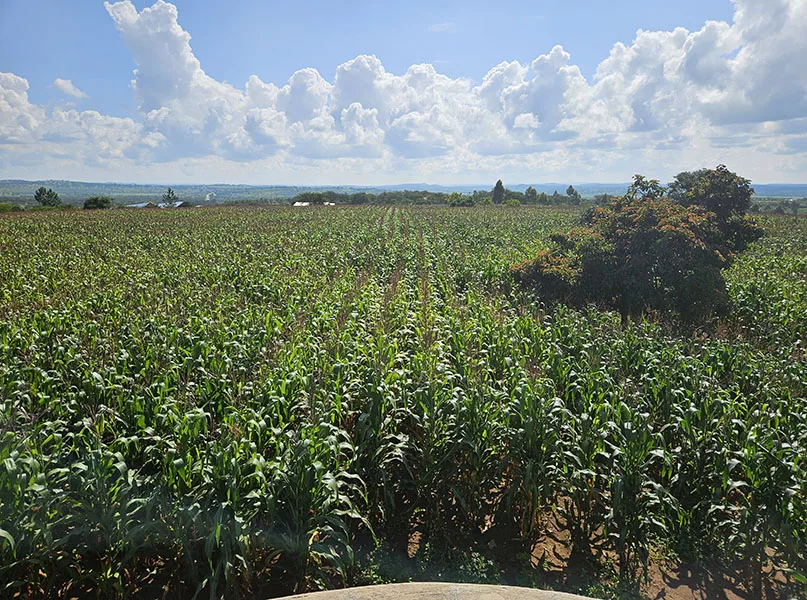
SUPPORTING FARMERS
With over 2,000 employees working across the company’s facilities, Lato is a proud equal opportunities employer actively working towards gender parity within the organisation.
“We have made significant investments in enhancing our processing capabilities and expanding our distribution network, allowing us to reach consumers in over 15 countries across Africa and several in Asia,” shares Rajasekharan.
Lato also has over 50 Dairy Development Officers who work together with farmers to train and support them with all matters such as improving yields and hygiene, as well as managing quality, water, pastures, diseases, and feeds, amongst others.
“We have received additional support and collaborated with several globally recognised partners like the International Finance Corporation (IFC), GIZ, Nederlandse Financierings-Maatschappij voor Ontwikkelingslanden N.V. (FMO), Mastercard Foundation, Private Sector Foundation Uganda (PSFU), TetraPak, aBi trust, SNV, the US Agency for International Development (USAID), and more to further support farmers in the region,” he details.
Throughout the several consumer studies that Lato has conducted in its markets, one word is consistently quoted across all demographics and geographies – taste.
Uganda is very similar to other leading dairy producers such as New Zealand and Ireland as the cattle are almost 100 percent grazed, meaning they have a naturally richer flavour profile.
Moreover, because the cows are not fed by grains, the milk has no risk of aflatoxin contamination.
“The 100 percent grazing, combined with local respective breeds, generates a higher fat content in the milk of up to five percent or even higher,” Rajasekharan acclaims.
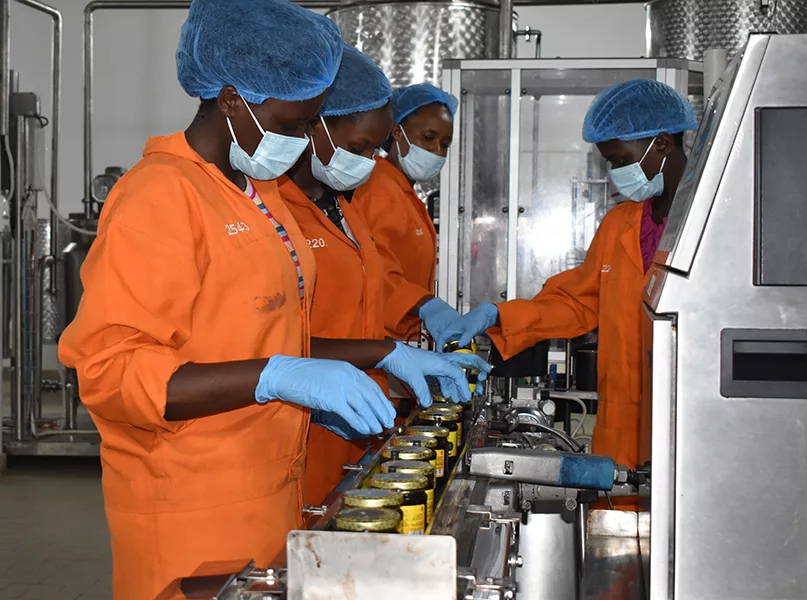
PROCESS IMPROVEMENTS
All of Lato’s processes from grass to glass have been developed and improved continuously to ensure best practices are followed across the value chain.
For example, at its 30 milk collection centres, the company gathers milk directly from farmers along with procurement from cooperatives and aggregators.
“Unlike our Western counterparts, the price for milk in East Africa has historically been dictated by volumes and not quality,” observes Rajasekharan.
Quality-based milk payment systems were introduced in 2024, where suppliers are now paid based on solids rather than just volumes.
Incentives are provided through better price realisation based on the fat and solids not fat (SNF) percentage of the milk delivered at collection centres.
The milk collection process is also completely digitalised to capture incoming milk details such as quantity, quality, supplier name, price based on quality, and logistics, whilst Lato’s enterprise resource planning (ERP) system automates payments to farmers.
Through route optimisation processes and machine learning (ML), information is also fed to the management team to inform decisions based on business goals.
As CTO, this information helps Rajasekharan continue to drive the transformation and growth of Lato, whose vision he remains deeply committed to.



